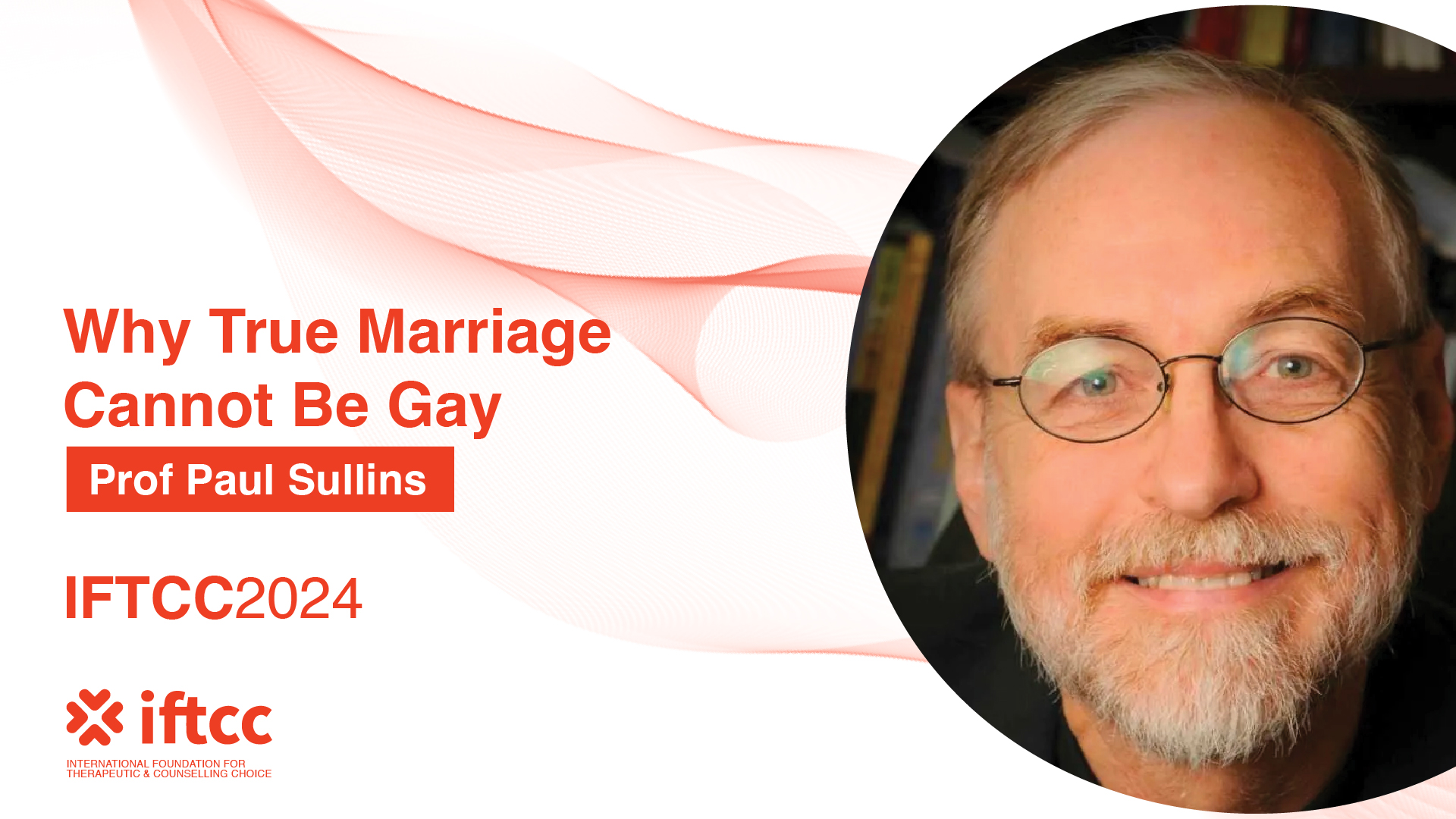
About Course
Because the natural consequences of sex relations are very different for men and for women, and because they often result in children, norms of natural marriage rose to ensure greater equity between the partners and the optimal well-being of the children. In almost every culture marriage is characterized by four essential norms:
- fidelity, i.e., mutual consent to sexual relations between the marriage partners and with no one else;
- permanence, i.e., lifelong duration of the marriage relationship;
- shared mutual responsibility for offspring; and
- public declaration of the relationship.
The premise of marriage is presumptively fertile human sexual relations, that is, sex relations capable of producing children. Although not all couples can have children, all children necessarily have a mother and a father; marriage aims to ensure that each child has full access to the care of both joint biological parents. On this premise, same-sex relationships do not qualify for marriage because they are naturally infertile. The problem is not that the same-sex partners do not produce children—many man/woman partnerships do not produce children either—but that they cannot produce children.
While same-sex partners may have some kind of relationship with children, it cannot ever be that of a joint biological mother and father. But this is precisely the natural requirement that marriage has developed to protect and elevate. Thus, same-sex partners can never achieve the fundamental good that is the central aim of the institution of marriage.
Attempts by same-sex couples to mimic the natural family by acquiring children emphatically illustrates this point: not a single child in the care of same-sex parents has access to the joint care of both of his or her natural parents. Research evidence has repeatedly shown that such children suffer relative harm as a result. The presumption of marriage among same-sex parents brings further harm: not only do children fare worse with same-sex parents than with their joint biological parents, but they also fare worse if their same-sex parents presume to be married rather than only cohabiting.
Committed relationship marriage moves the norms for marriage away from the focus on children at the root of natural marriage to a focus on adult relationships. Marriage is reduced from a set of natural arrangements to a set of emotional attachments. Gay marriage is but the furthest step thus far in a progression of vitiated and impaired natural arrangements that have, since the mid-twentieth-century, moved children progressively further from the care of joint biological parents which is the central purpose of natural marriage. Gay cohabiting and marriage relationships formally preclude, by design and intent, the joint care of both biological parents.
Since a child’s natural biological parents are best suited to care for and raise that child, children in the care of same-sex parents are impaired from achieving their highest wellbeing, compared to children in natural marriages who are in the care of both joint biological parents.

